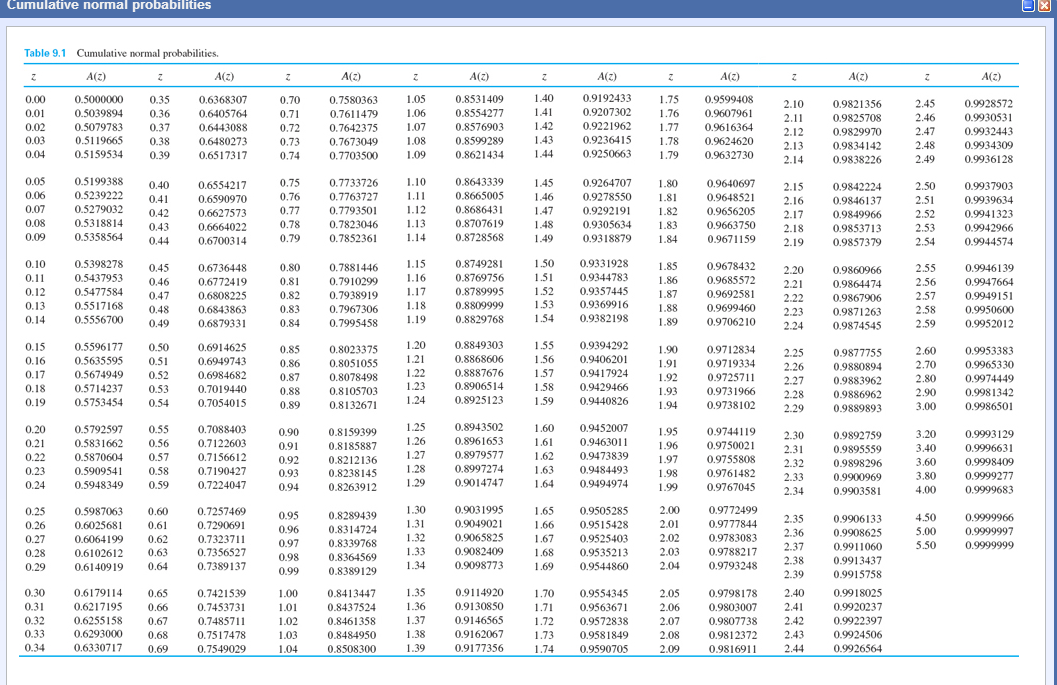

Each replication of the process results in one of two possible outcomes (success or failure),.Use of the binomial distribution requires three assumptions: With this notation in mind, the binomial distribution model is defined as: In mathematics, the factorial of a non-negative integer k is denoted by k!, which is the product of all positive integers less than or equal to k. The binomial equation also uses factorials. The probability of "success" or occurrence of the outcome of interest is indicated by "p". We must first introduce some notation which is necessary for the binomial distribution model.įirst, we let "n" denote the number of observations or the number of times the process is repeated, and "x" denotes the number of "successes" or events of interest occurring during "n" observations. The binomial distribution model allows us to compute the probability of observing a specified number of "successes" when the process is repeated a specific number of times (e.g., in a set of patients) and the outcome for a given patient is either a success or a failure. As a result, whenever using the binomial distribution, we must clearly specify which outcome is the "success" and which is the "failure". Nevertheless, this terminology is typically used when discussing the binomial distribution model. Note, however, that for many medical and public health questions the outcome or event of interest is the occurrence of disease, which is obviously not really a success. The two outcomes are often labeled "success" and "failure" with success indicating the presence of the outcome of interest. These are just a few examples of applications or processes in which the outcome of interest has two possible values (i.e., it is dichotomous). In a situation in which there were more than two distinct outcomes, a multinomial probability model might be appropriate, but here we focus on the situation in which the outcome is dichotomous.įor example, adults with allergies might report relief with medication or not, children with a bacterial infection might respond to antibiotic therapy or not, adults who suffer a myocardial infarction might survive the heart attack or not, a medical device such as a coronary stent might be successfully implanted or not. The binomial distribution model is an important probability model that is used when there are two possible outcomes (hence "binomial"). The Binomial Distribution: A Probability Model for a Discrete Outcome


 0 kommentar(er)
0 kommentar(er)
